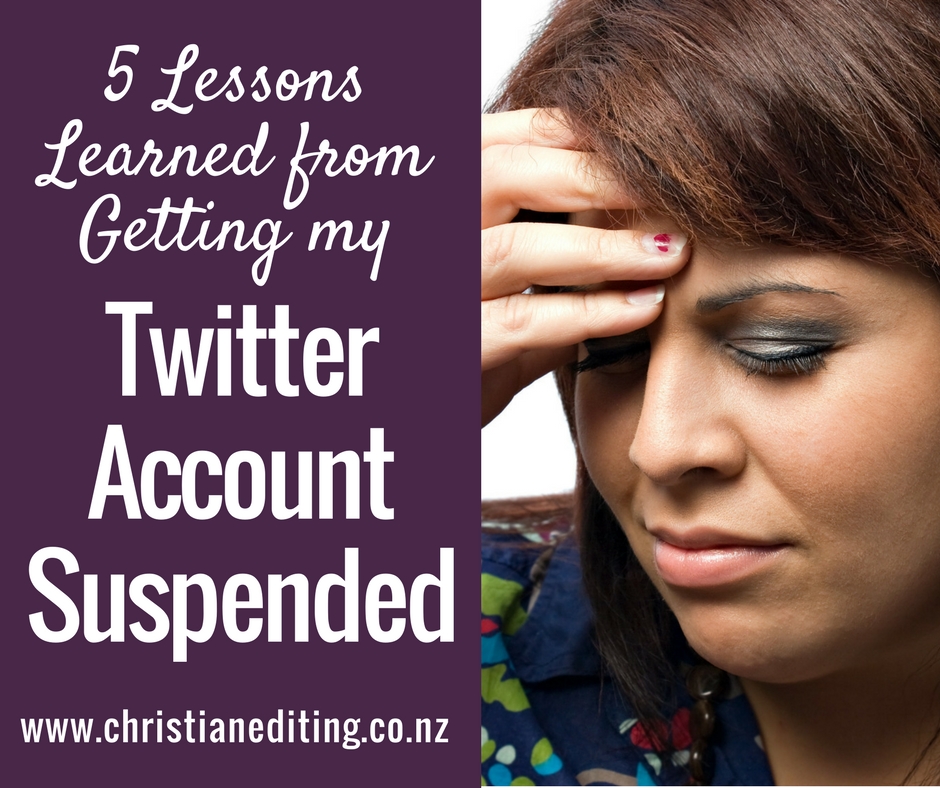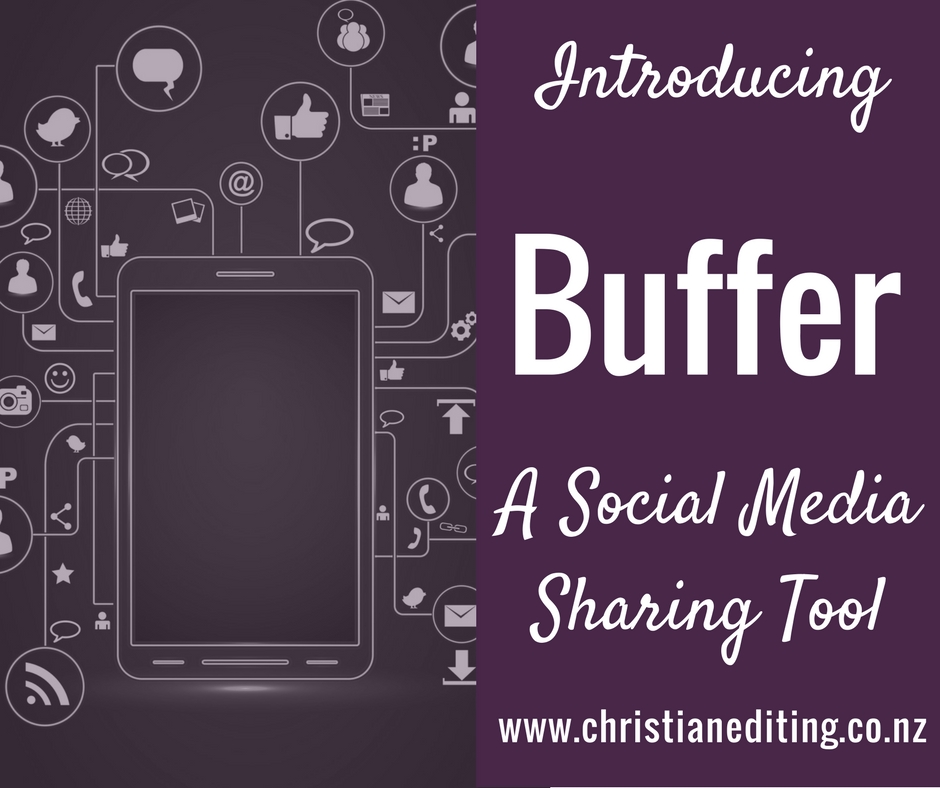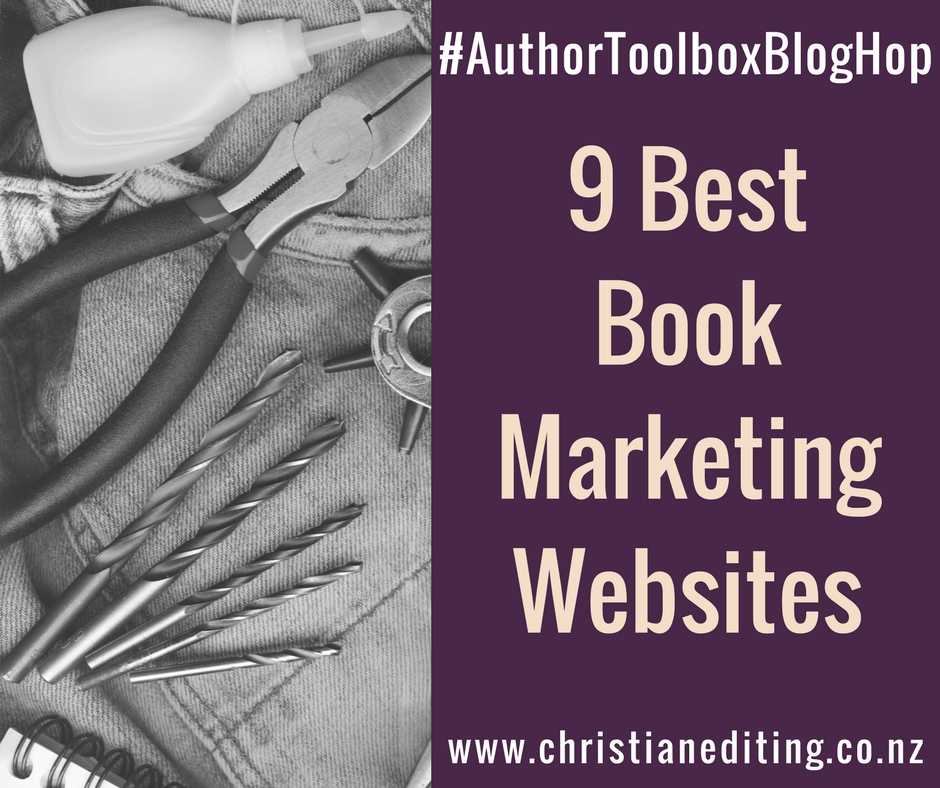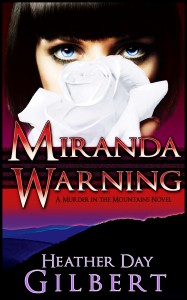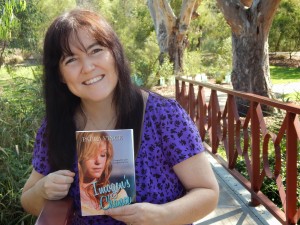Or, how I accidentally violated the Twitter Rules and got my account suspended three times, shared here in great detail so you can learn from my mistakes and ensure you don’t get your Twitter account suspended.
Last weekend, my Twitter account was suspended for allegedly exhibiting automated behaviour that violates Twitter’s rules. Long story short, my account was suspended three times before I worked out what I’d done wrong (at least, I hope I worked it out. My account has now been active for a whole 72 hours without a suspension).
I’ve since discovered that other authors are having similar problems, hence this blog post. Yes, I know I said I’d be posting about plotting with Michael Hauge, and I will. But first I want to cover what I did wrong, and how you can prevent the same thing happening to you.
Avoid Using Twitter for Blog Comments
The first time my account was suspended, I was trying to use Twitter to authenticate a comment on an unrelated book review blog. I thought this was the problem. In hindsight, it may have contributed to the problem, but I don’t think it was the cause.
The comment was a form of automated behaviour, which well have triggered something in the Twitter algorithm that got me shut out. Or it could be one of several other factors (as you’ll see).
Lesson One: Don’t Use Twitter as a Login Unless Necessary
This is actually good online practice. If you use Twitter to log in to every app in cyberspace and someone hacks your Twitter account, they can do a whole bunch of things in your name. Not good.
Avoid Autoposting from Social Networks
I’m a book blogger, and I spent a few hours on Saturday uploading book reviews to sites such as Amazon, Goodreads, and Riffle. I was behind, so I probably uploaded ten reviews to five or six sites each.
My Goodreads and Riffle accounts were both set to autopost certain links to Twitter (which I knew was the case for Goodreads, but had forgotten with Riffle). Again, there weren’t a lot of tweets—maybe ten or twelve over a two-hour period—but that might have been enough to trigger the algorithm.
I reviewed my Twitter feed, and found the Goodreads and Riffle tweets. I deleted them, and edited the settings on both accounts so that nothing is automatically tweeted.
Lesson Two: Don’t Autopost to Twitter from Social Networks
Even when the social network gives you the option. I have to admit, this annoyed me. I was trying to be a good member of the bookish community by sharing links to reviews of books I’ve enjoyed, and I got punished for it.
As I was looking through my feed, I noticed some Tweets that were autoposts from Instagram. This isn’t a good idea. Apart from possibly falling foul of Twitter’s rules, the picture doesn’t show up. You’re better posting directly from Twitter.
Be Careful About Using Autopost Apps
I use Buffer and SocialJukebox to retweet old blog posts and book reviews, and RoundTeam to retweet from members of one of my many writing groups. Blogging experts typically recommend you promote your evergreen posts on social media. There are many tools designed to assist: Buffer, Hootsuite, ManageFlitter, MissingLettr, RoundTeam, and SocialOomph, to name a few.
Some experts recommend tools which automatically post based on selected keywords. I abandoned that idea after about three minutes, when I realised that using “Christian” as a keyword (or even “Christian fiction”) would get me a combination of faith-based content, and content that was decidedly more steamy.
So my practice is a little more time-consuming, but it means I have personally read and curated every Tweet. Well, almost every Tweet, because I was using RoundTeam for that small group of trusted writer friends. My bad. Because something, somewhere, decided this automation was violating Twitter rules.
I had no idea what I was doing wrong, so I shut off posting from Buffer and SocialJukebox. I’ve switched Buffer back on, but I think I’ll wait a few more days before restarting my Jukeboxes. (If you don’t know about these two programmes, check out my previous posts: Introducing Buffer and Introducing SocialJukebox.)
Lesson Three: Limit the Number of Apps you Use
This situation showed me I actually had no idea how many apps I was using with Twitter.
Review Your Twitter Apps and Permissions
Twitter settings include a list of apps we have allowed to access our Twitter account. So I checked out my list (in my Settings and Privacy menu). It was a lot longer than I thought. Many of them were apps productivity or curation apps I’d checked out, decided not to use, and forgotten about.
But I hadn’t revoked Twitter access.
My bad. I was unpleasantly surprised to realise how many of these could post on my behalf. I couldn’t see any tweets from them on my timeline, but what did that mean? Had they been autoposting and the posts deleted?
I clicked Revoke Access to pretty much everything (although most of them were read-only access in the first place), leaving only the apps I have paid subscriptions to (e.g. Buffer and SocialJukebox), and those that seem necessary (e.g. apps to comment on WordPress blog sites).
Lesson Four: Don’t Give Apps Posting Rights on Your Twitter Accounts
Unless you need them, of course. I’ve trialled perhaps a dozen apps, but only use two on a regular basis. But the others still had posting rights, and some might even have been still posting (e.g. MissingLettr, which schedules Tweets for up to a year in the future).
Be Careful With Multiple Twitter Accounts
I’m also the “owner” of a group Twitter account for a writers group, Australasian Christian Writers. The ACWriters Twitter account uses a different email address than my personal account, but both accounts use the same mobile phone number for authentication . . . which effectively links the accounts.
I happened to mention I’d been having problems with Twitter to one of the other group administrators. She checked the ACWriters account and saw it had been suspended (interestingly, when I checked it, everything looked normal).
I logged into the ACWriters Twitter account, and had to go through the whole unlocking rigmarole. Three times. This got me wondering: was it my “bad” behaviour that got my account suspended? Or was the ACWriters account suspended first? I don’t know, and I guess I never will. But it did show me that actions (and suspensions) on one account impact on the other.
Most of the activity on ACWriters is automated. The account doesn’t generate any native tweets, but posts links to new posts on the Australasian Christian Writers blogs, retweets @mentions, and retweets Tweets from blog members … including me. And Twitter might have interpreted that as me trying to toot my own horn.
Lesson Five: Don’t Have More Than One Twitter Account
Or, if you do, run them off separate email addresses, separate mobile numbers. And don’t have Account A set up to retweet Account B and vice versa, because Twitter calls that spam. Yes. The Twitter Rules contain dozens of possible ways you can spam, and some of them surprised me.
So while I never set out to violate the Twitter Rules, I did.
I’ve tightened my account, reviewed who and what can post, and done as much as I can to break the link between my two accounts.

